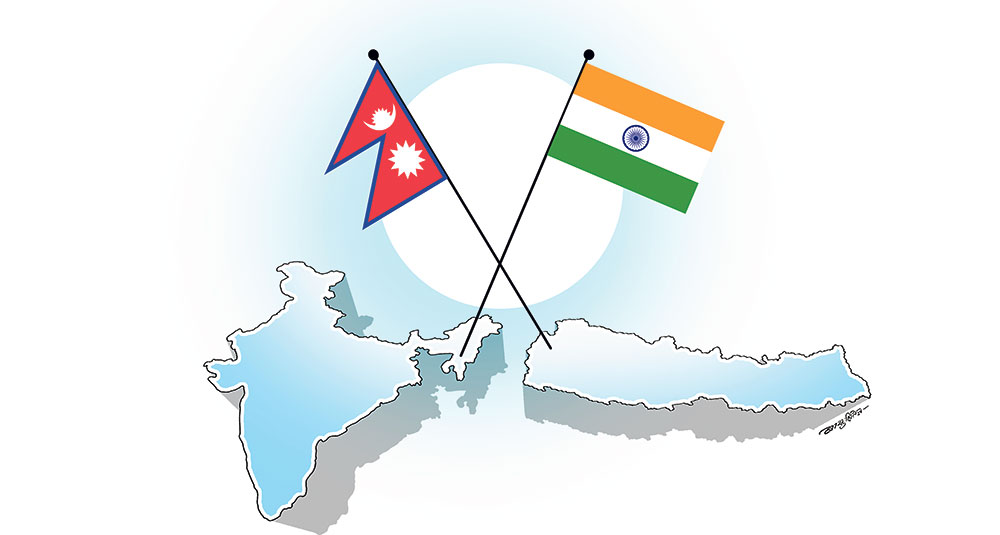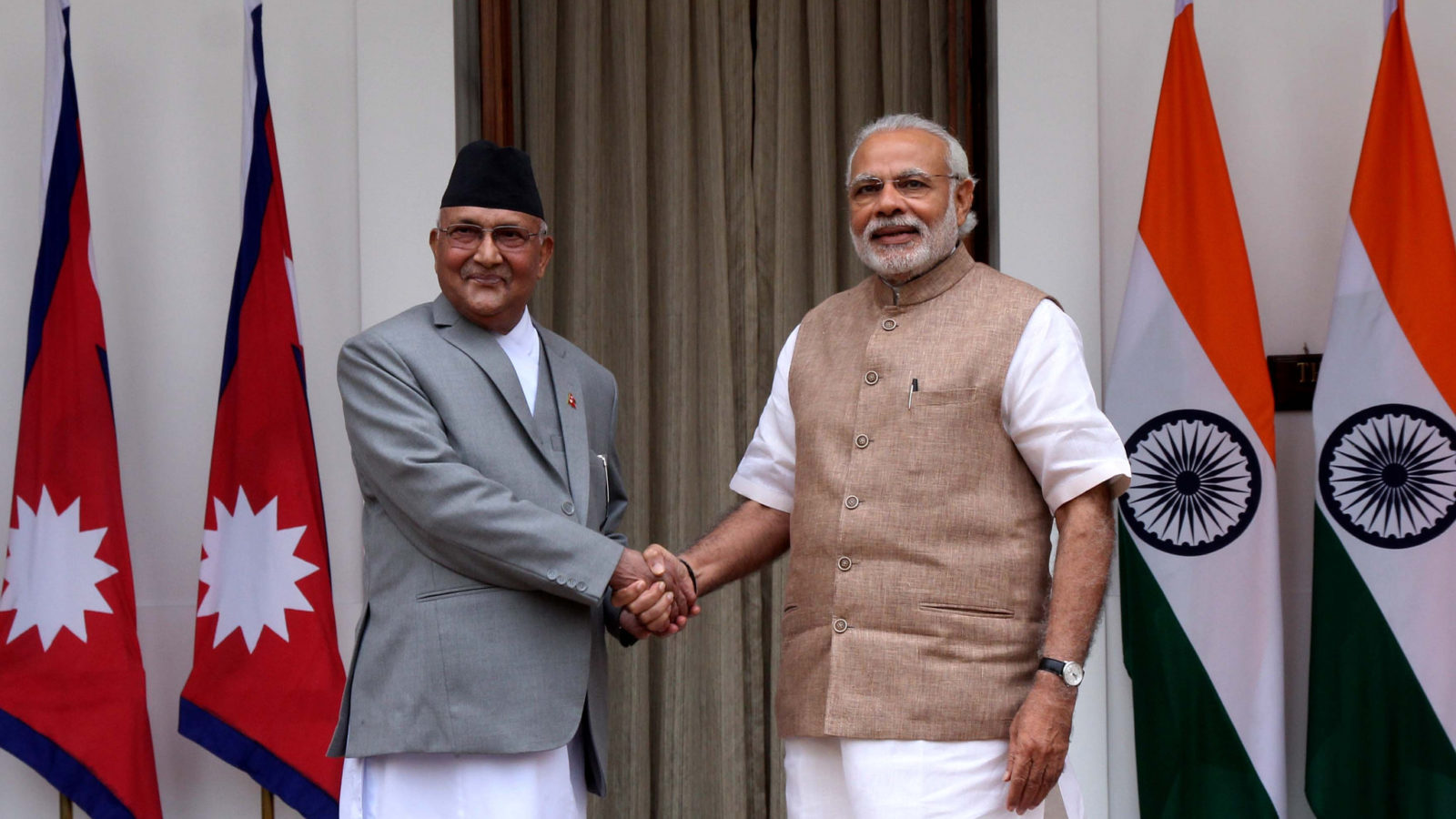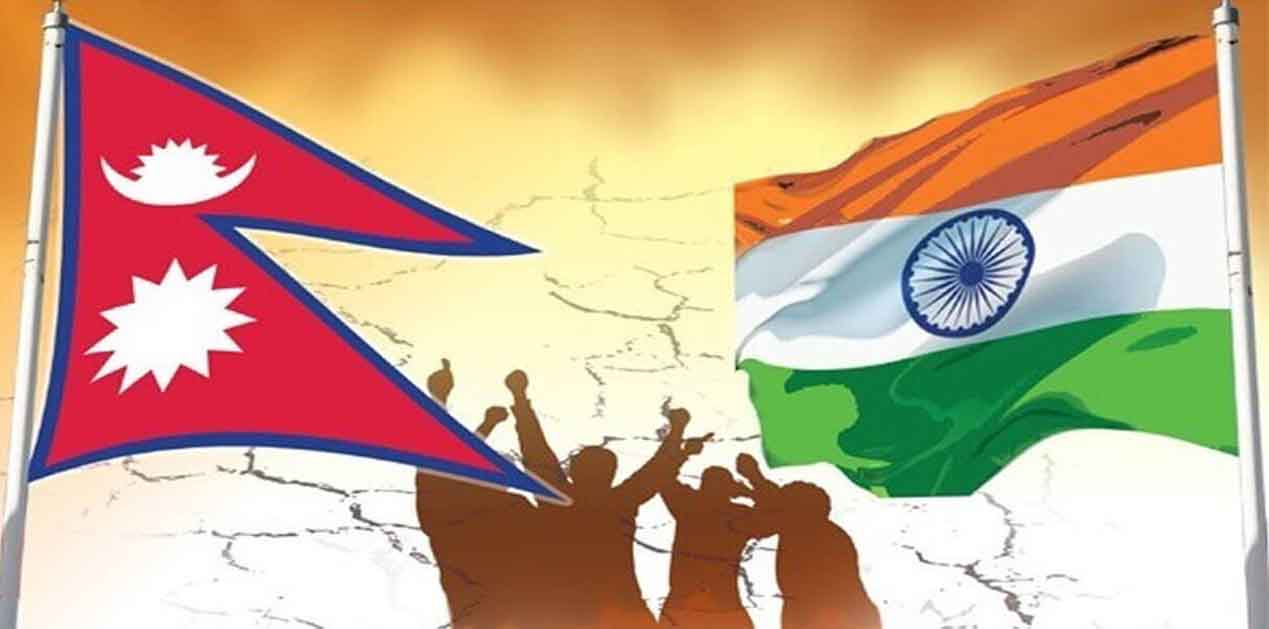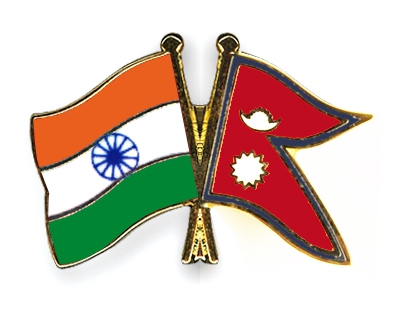Nepal- India Relation : A friendship History
India is the third country to join with Nepal’s diplomatic relations on 13th of June, 1947 AD.It is often said that Nepal India relations have symbiotic characters Nepal has traditional, historical,socio-cultural relation With India since time immemorial and political and diplomatic relation with of India, since it became independent in 1947 Independence from Britain in 1947, Nepalese-Indian relations continued to be based on the second Treaty of Sugauli, which had been signed with the government of British India in 1925. Beginning in 1950, relations were based on two treaties.

India’s influence over Nepal increased throughout the 1950s. The Nepalese were allowed to migrate freely to India In 1952, an Indian military mission was established in Nepal In 1954 a memorandum provided for the joint coordination of foreign policy, and Indian security posts were established in Nepal’s northern frontier.In 1954,Nepal’s dissatisfaction with India’s growing influence began to emerge, and overtures. to China were initiated as a counterweight to India.
In exchange, through a secret accord concluded in 1965, Similar to an arrangement that had been suspended in 1963, India won a monopoly on arms sales to Nepal. Resentment also was expressed against treaty of Peace and Friendship of 1950.
Friendship, and Co-operation; the 1971 Indo- Pakistani War, which led to the emergence of an independent Bangladesh; the absorption of Sikkim into India in 1974; increased unofficial support of the Nepal Congress Party leadership in India; ,rebellions fomented by pro- Beijing Naxalite elements in 1973-74 in West Bengal State bordering Nepal; and lndia’s nuclear explosion in 1974. India continued to maintain a high level of economic assistance to Nepal.In the mid-1970s, Nepal pressed for substantial amendments to the 1971 trade and transit treaty, which was due to expire in 1976.
The relationship between the two nations improved over the next decade.India continued to support the Nepalese opposition and refused to endorse Nepal as Nepalese settlers from neighboring Indian states.

The relationship with India was further strained in 1989 when Nepal decoupled its rupee to the Indian rupee which previously had circulated freely in Nepal. A swift turn in relations followed the success of the Movement tor the Restoration of Democracy in early 1990.
Nepal agreed to various concessions regarding India’s Commerce privileges. Kathmandu also announced in its purchasing arms and personnel carriers from China and that Nepal was advising China to withhold delivery of the last shipment. To grow up the above historical facts and background, we came to know that India and Nepal have been sharing many cultural and religious traditions, particularly in the Terai region.

During January 2011 visit to Nepal, Indian Foreign Secretary Nirumpama Rao met with Prachanda and asked about the Maoists anti-India stance and that she was told that the Maoists believe that it is time to look at “certain historical issues like treaties |the 1950 India-Nepal Treaty of Peace and Friendship] in a new manner Since the beginning of 1970s Nepal began to disregard the traditional style of identifying itself as a butter zone and part of the Indian sub- continent and the current religious practice of pronouncing this sacred mantra at the start of any religious perfomance as.. “Bharatabarse, Bharat khande, JammbudiwpaeNepal dese, Pashupatkshetre, Baneswor gramme” (Indian Sub-continent, Island of Jambu, country of Nepal, Pashupati Region, Baneswor village) and identified itself as a sovereign and independent nation or both Asia. King Birendra, in an interview to New Sweekon September 3, had stated: “The concept of buffer zone has become outmoded. Nepal independent country with independent relations with more than countries of the world. Nepal is not a part or Indian sub-continent really that part of Asia which touches both India and China” Nepal is an India locked, mountainous, east developed transitional country.
Nepal is technically, commercially, militarily and diplomatically for behind lndia.The age-old relations existing between Nepal and India, since immemorial, have been linked by geography, history, religion, culture, language, beliefs and a number of factors. There have been very colateral and nice relations between people of the two countries.

Comment Here!